Who is behind the latest contested wave pool in Hawaii?
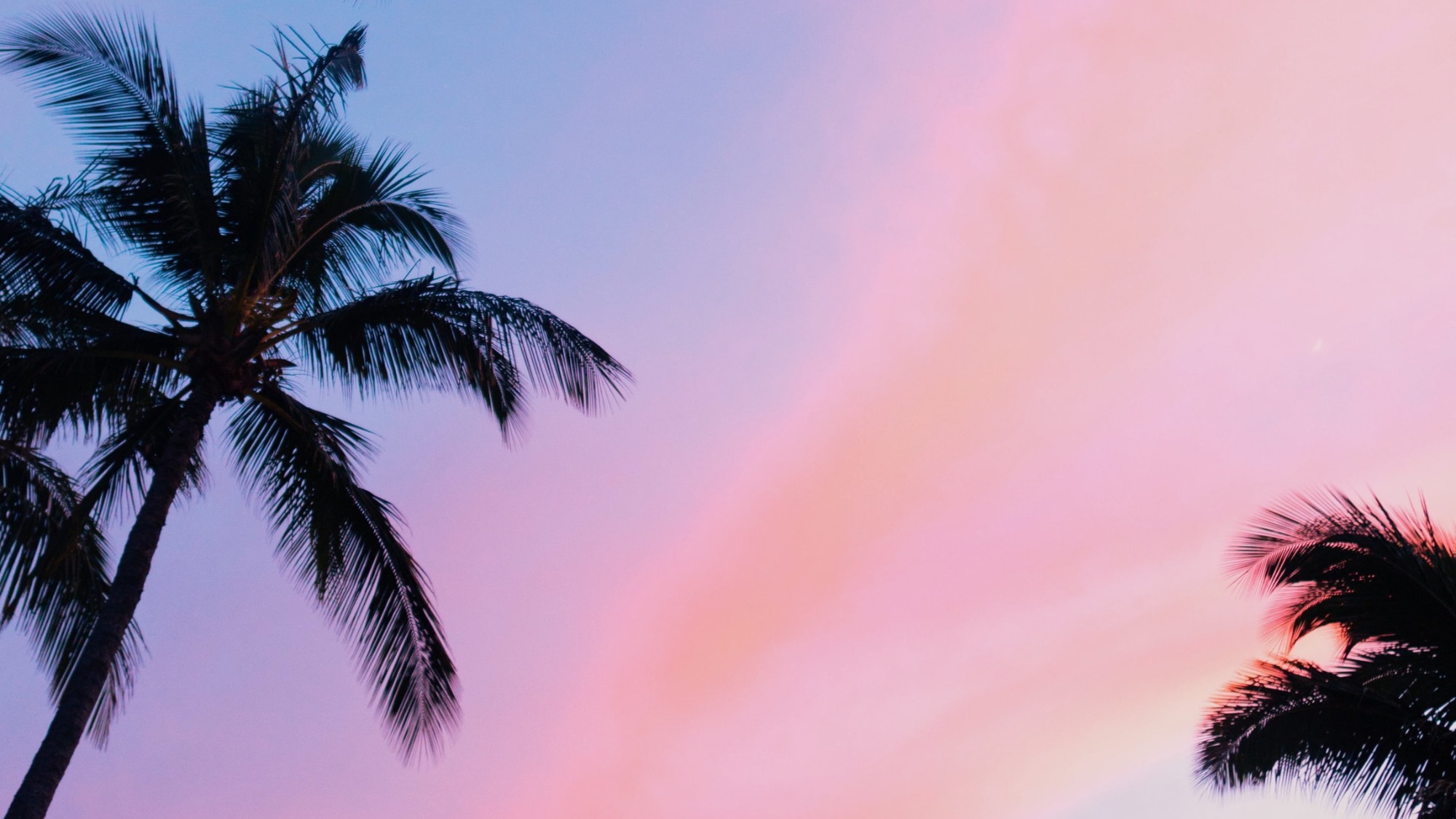
A vacant lot near Kalaeloa Airport on Oahu has become a flashpoint in the modern-day wave pool space. Recently a handful of protesters gathered at the site of the planned Honokea West surf basin to put front and center the complex balance between development, conservation, and cultural preservation.
Opponents argue that the site contains important cultural elements that warrant preservation and further study before the project can begin. They also add that the pool will be wasteful of water resources. Supporters counter that the area water intended for use is not fit for consumption anyway and that the project aims to enhance and perpetuate cultural traditions.
What is the real story to this newest wave pool in Hawaii? In this piece WavePoolMag examines the issues surrounding Honokea West and explores the company’s 13-year history.
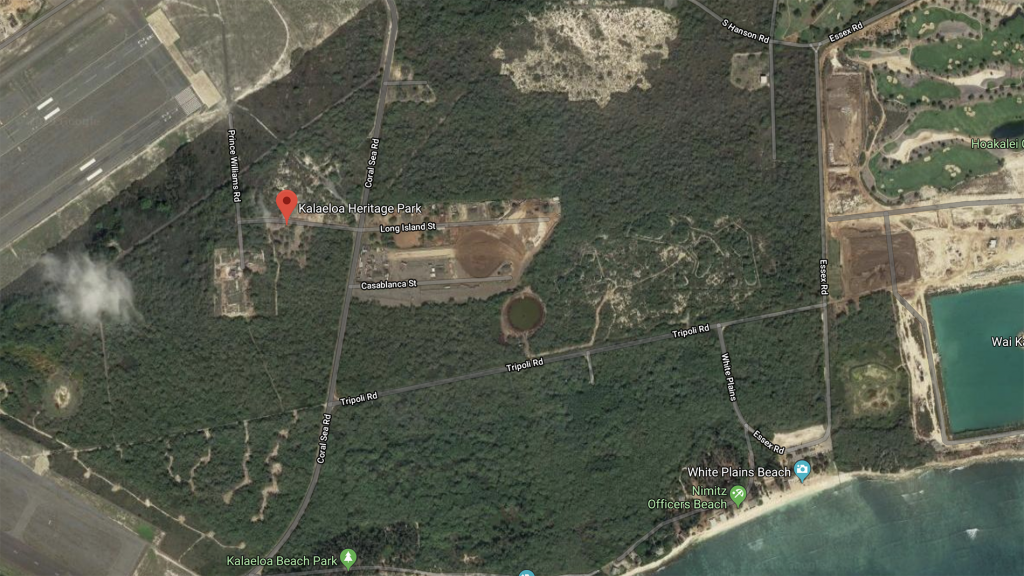
Culture
For local Hawaiians, residing in the America’s 50th state presents several challenges. Many people can’t afford to live on the same land where their families have dwelt for generations. In the current real estate market, where the mainland US and Asia can bid on a slice of paradise, it’s next to impossible to purchase a home on a service industry salary. Consider that development pushing out affordable housing and the general cost of living are cited as core reasons for perpetuating the economic divide, and it’s easy to see why the project ticks a lot of boxes for those frustrated with the system.
Honokea West will be stewarded by respected waterman Brian Keaulana, who reiterated that surf education, water safety, and cultural sensitivities will be maintained throughout the project’s lifespan.
“As a descendant of generations of Native Hawaiian surfers and watermen, I am disappointed by the misguided accusations being levied against Honokea West,” said Brian in a statement. “This project is motivated by my ʻohana’s love for the ‘āina, kai, and our people. Honokea West will integrate Hawaiian values into every aspect of our guest experience and will share our surfing traditions and values.”
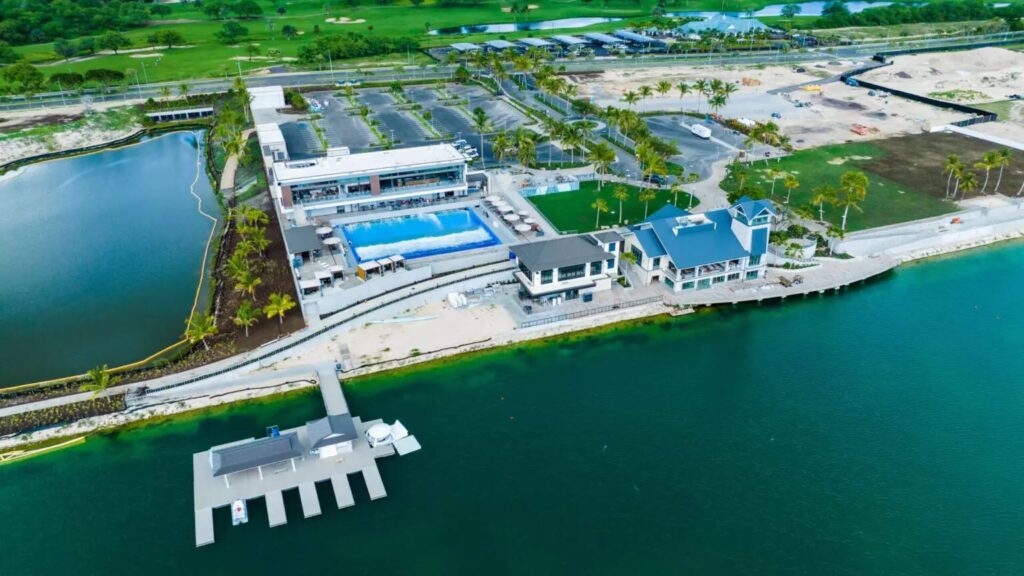
Water
Environmentally, the US Military has a poor record of cleaning up after themselves. A leak two years ago from the Red Hill Bulk Fuel Storage Facility contaminated the drinking water for 90,000 residents near Pearl Harbor-Hickam Air Force Base, sickening 2,000. The water had petroleum levels 350 times the safe limit and was also contaminated with antifreeze, household cleaner, and high chlorine levels.
Protesters say that if developers intend to drain the 7 million-gallon wave pool biennially, it would pollute the groundwater and adjacent shorelines. Honokea said there is no merit to this claim.
“We will not be using harmful chemicals to treat our water,” said Janos Palko. “Any injection wells, if built, are closely monitored by the state and federal government.”
Wave action in all wave technologies today (in this case Wavegarden Cove technology) oxygenates the water and killing bacteria. So a surf basin does not need the same chemical treatment per gallon of water that a backyard swimming pool would require.
The neighboring wave pool Wai Kai faced similar arguments and had to thread a minefield of issues, including water. Wai Kai says they took many environmental steps and pointed out that a mid-to-large size restaurant uses about 5 million gallons of water per year and a golf course 100 to 200 million gallons. Wai Kai Surf Ops Manager Ikaika Kaulukukui explained how their wave pool is making every possible effort to do the right thing by local standards. (You can hear the full podcast with WavePoolMag here.)
Honokea West’s Environmental Assessment was approved last spring. Currently they are still in the permitting process. If all goes ahead, they plan to open in 2026.
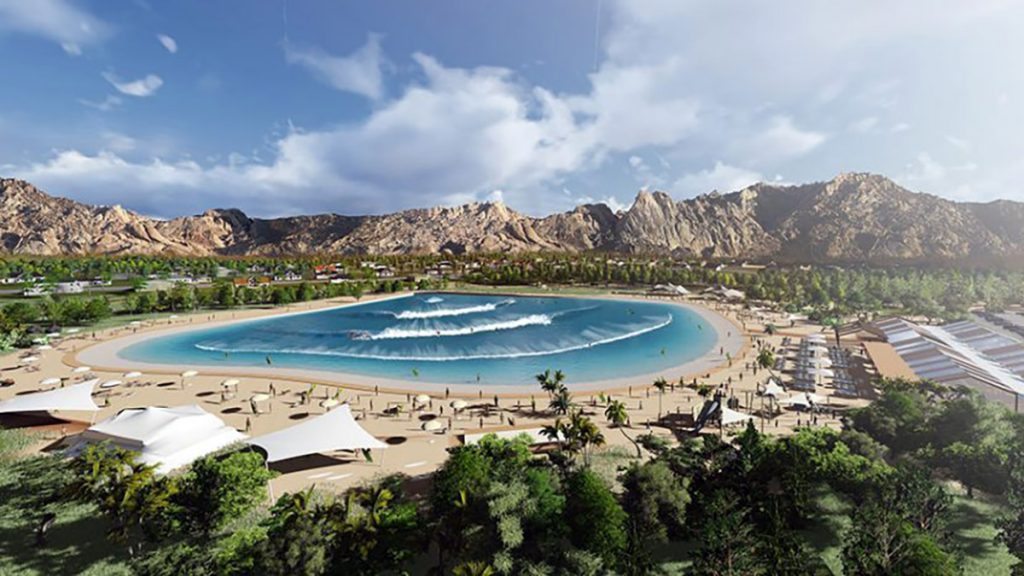
What do we know about Honokea after 13 years in the surf park space?
The Honokea company has been around the wave pool block, helping launch NLand and then reaching into the desert of SoCal before turning to surfing’s homeland. They have an Opportunity Zone Fund set up for investments in this project and received a $95M vote of confidence from the state.
The company started in 2010 when Wavegarden released their first promotional video, capturing the attention of Keno Knieriem. Intrigued by Wavegarden’s innovative approach, Knieriem reached out to the company, leading to an invitation to visit their facilities. Knieriem’s team then became the first Wavegarden licensees in the USA.
Their initial ambition was to establish a Wavegarden facility in their hometown of Kailua, East Oahu. The following year, 2011, saw further developments as the team sought the endorsement of Brian Keaulana.
“Brian suggested that our projects shouldn’t just be about teaching people to surf, but rather about teaching them to be watermen and waterwomen,” said Janos Palko of Honokea. “His input changed the approach and brand, and we became Honokea.”
Despite their efforts to find a suitable location on Oahu, the team quickly learned that development in Hawaii was fraught with challenges and delays. And between 2012 and 2014, the search for a viable location expanded to the mainland, focusing on California, Arizona, and Texas, due to their favorable demographics and business environments.
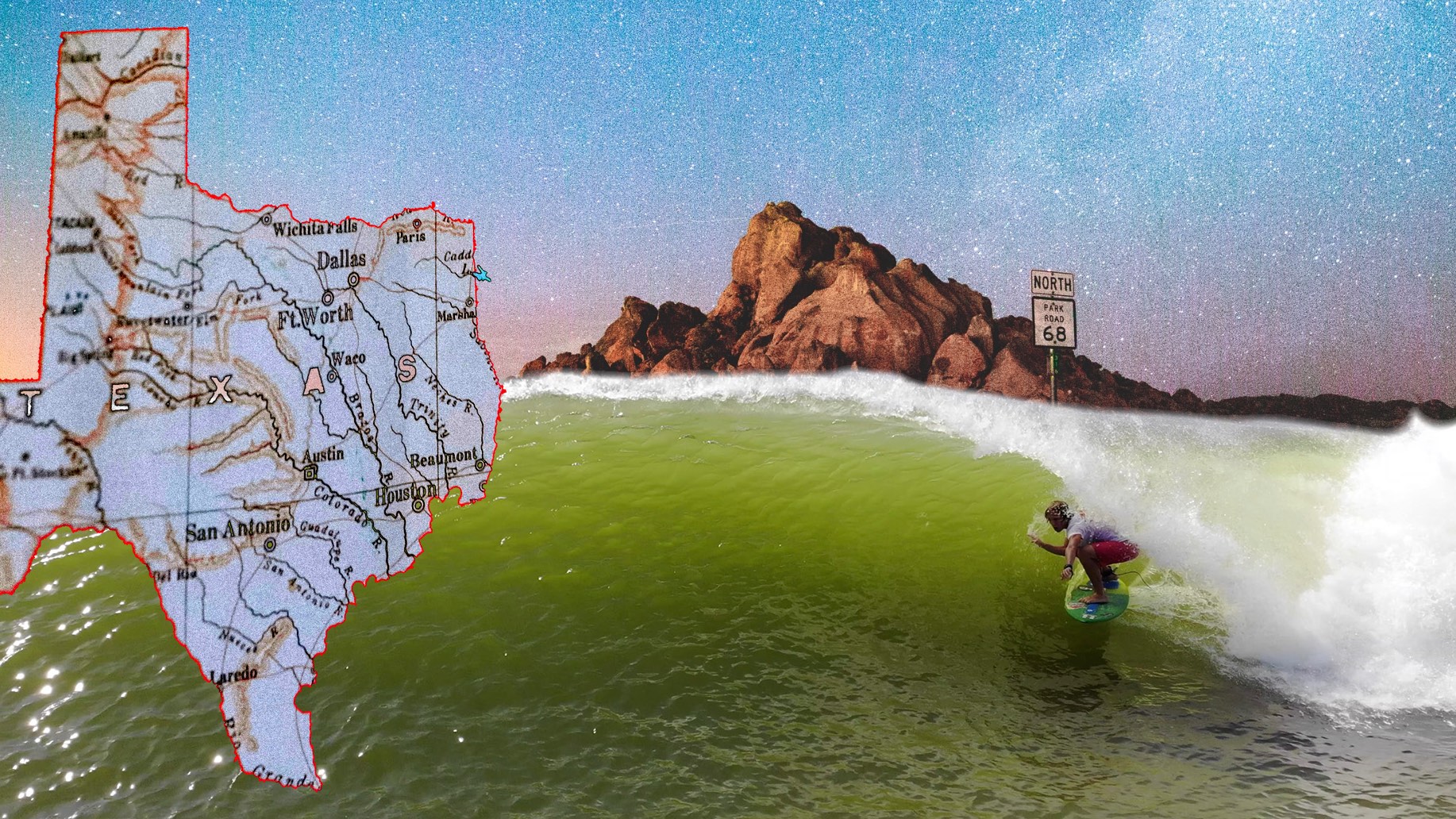
NLand and other locations
Austin, Texas, emerged as their focus location, and the team says they convinced Doug Coors of the project’s potential. Despite moving to Austin and beginning the groundwork for development, Honokea claims that Coors dismissed them just before construction commenced. The project went on to become NLand Surf and closed after two years, later selling the property to KSWave Co.
From 2015 to 2019, the Honokea team returned to Hawaii but continued to explore opportunities in California, identifying several potential sites. They settled on Coachella for their next project, although funding issues ultimately stalled progress. A call about a parcel in Kalaeloa on Oahu, which they had inquired about a decade earlier, reignited their ambitions.
The period from 2020 to 2023 has been all focused on the Kalaeloa project with the team securing initial funding and beginning the design and entitlement process. Despite protests and a lawsuit against their project, entitlements are expected to be completed by spring 2024.
Honokea West – Origins from Honokea Developments on Vimeo.
Similar Projects
As we’ve seen with wave pool projects, a lot can go wrong between land acquisition and digging. Coral Mountain recently resurfaced (without a wave pool) but is still meeting fierce opposition from neighbors. That said, Aventuur recently threaded an environmental gauntlet when the proposed site for their Perth surf park got clearance from The Environmental Protection Authority (EPA), which said that clearing the vegetation would not pose a risk to the bird.
Working in favor of the Oahu wave pool is Brian Keaulana’s influence on the project. A pro surfer, lifeguard captain, and innovator, Keaulana has been instrumental in advancing water safety and surfing culture. His contributions have established him as a leading authority in the field. As wave pools become more prevalent, Keaulana views them as both an opportunity and a responsibility to educate new surfers about the culture, etiquette, and safety of surfing, ensuring they are prepared for the ocean’s challenges.
But Hawaii is complicated to say the least. There are layers to modern life on Oahu that only locals understand. It’s a sensitive scenario; Where this project will go and whether shovels actually hit the ground, remains to be seen.
Related Coverage
